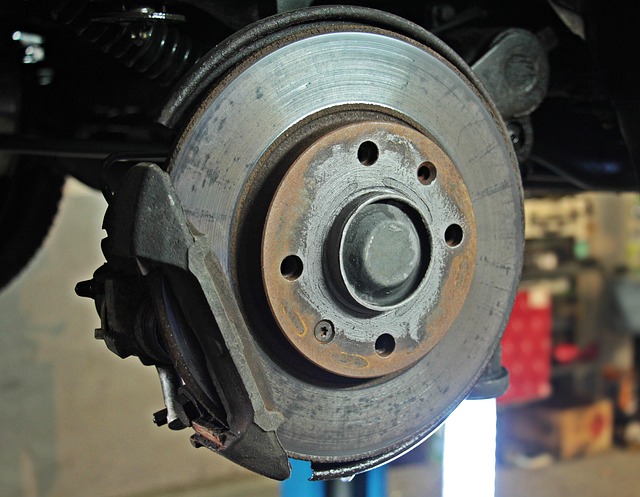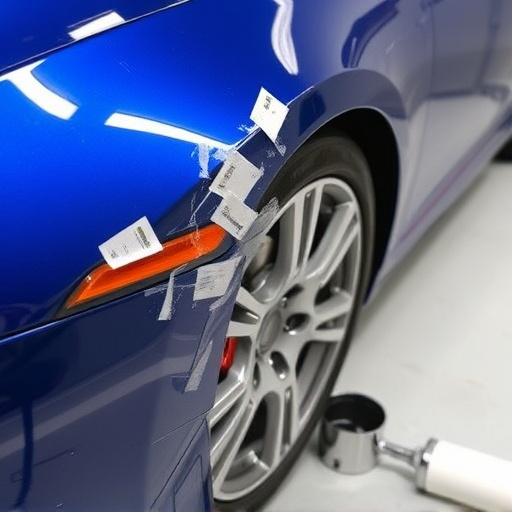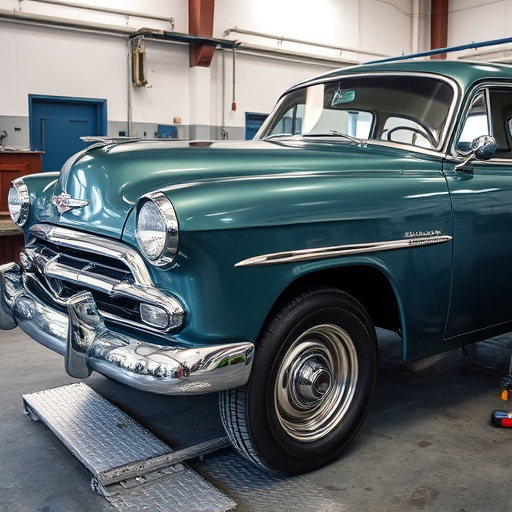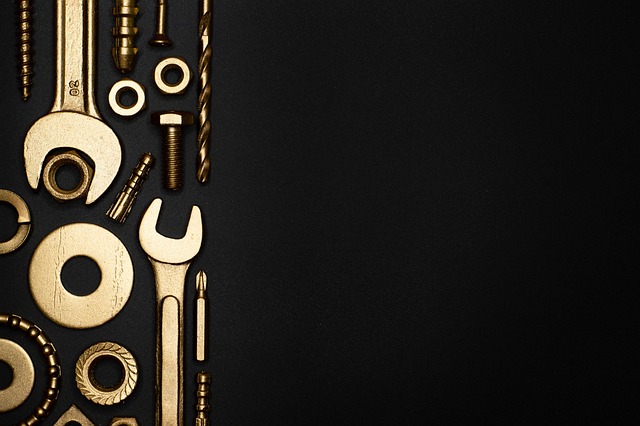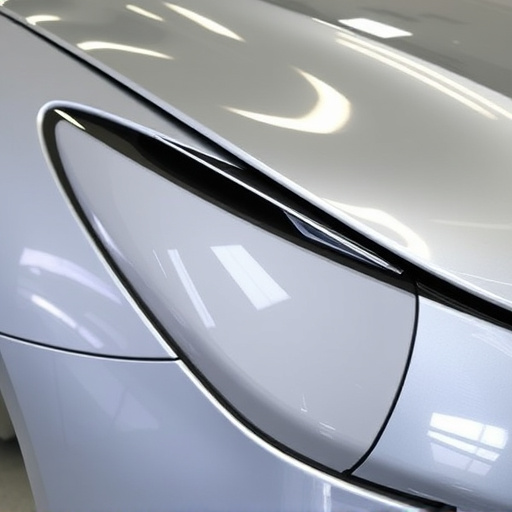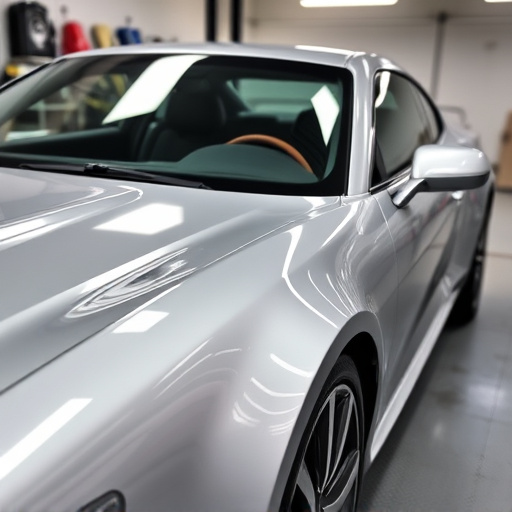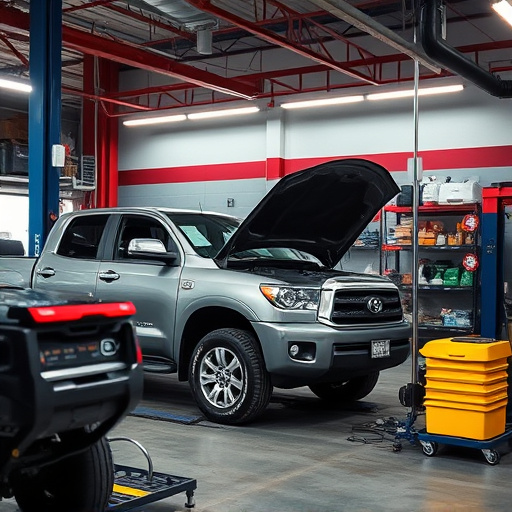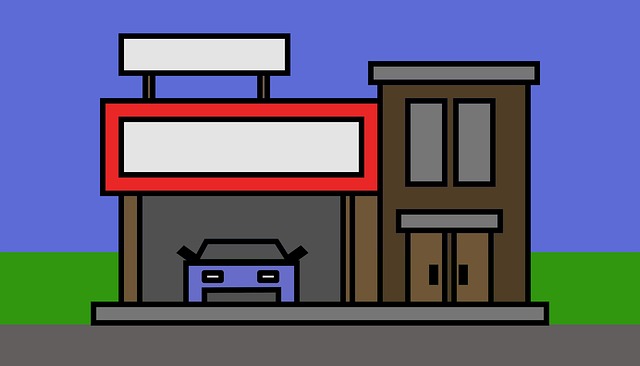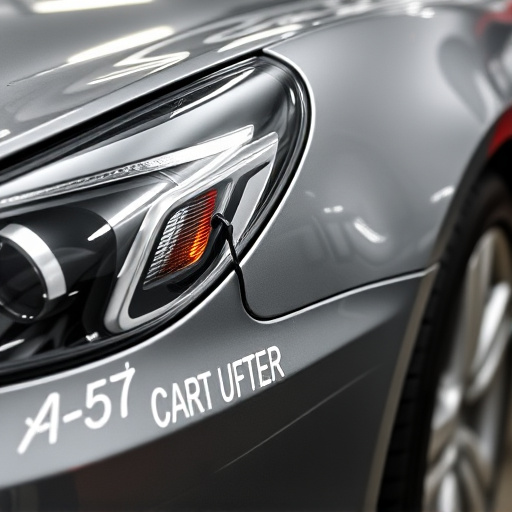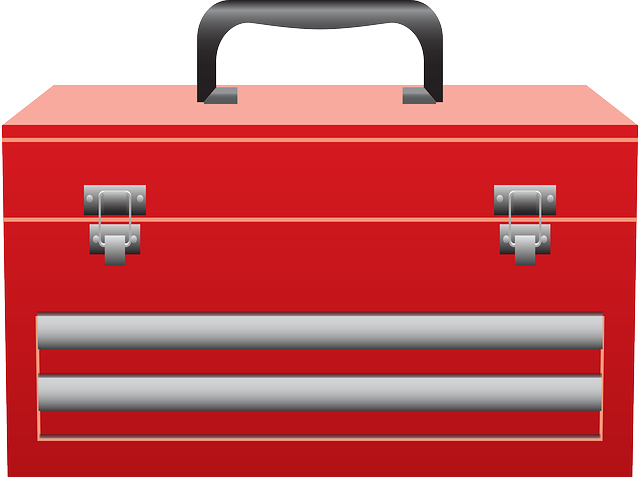Car frame damage, caused by collisions and debris, requires professional repair to prevent structural issues. Assessment using advanced tools identifies minor dents to major structural damage. Repairs range from paintless dent techniques for light damage to replacing chassis and suspension for severe cases, ensuring vehicle safety and stability through meticulous car frame damage repair.
Car accidents can cause significant damage, and proper repairs are crucial for safety and vehicle longevity. This article delves into common accidents resulting in car frame damage, highlighting the importance of understanding and identifying different types of frame issues. We explore how to distinguish minor from major frame damage and break down the repair process, emphasizing the skills needed to restore your vehicle’s structural integrity through expert car frame damage repair.
- Understanding Car Frame Damage: Common Causes
- Identifying Minor vs. Major Frame Damage
- The Repair Process: Restoring Your Vehicle's Structure
Understanding Car Frame Damage: Common Causes
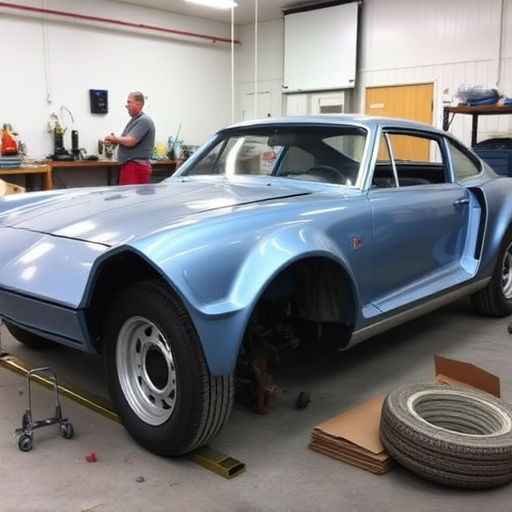
Car frame damage is a significant issue that often requires professional car frame damage repair services. Understanding common causes of this type of damage is crucial for drivers to recognize potential hazards and take preventive measures. One of the primary reasons for car frame damage is collisions, both minor and severe. Accidents involving rear-ends, side impacts, or head-on collisions can cause extensive damage to a vehicle’s structure, including the frame.
Other frequent causes include road debris, such as loose stones, metal fragments, or construction materials, which can puncture or dent the car body and affect the frame integrity. Furthermore, auto accidents involving rollovers or significant off-road incidents can lead to severe frame damage, requiring specialized car frame damage repair techniques to ensure vehicle safety and stability. In many cases, immediate attention from a reputable auto body shop is essential to prevent further complications and restore the vehicle’s structural integrity.
Identifying Minor vs. Major Frame Damage
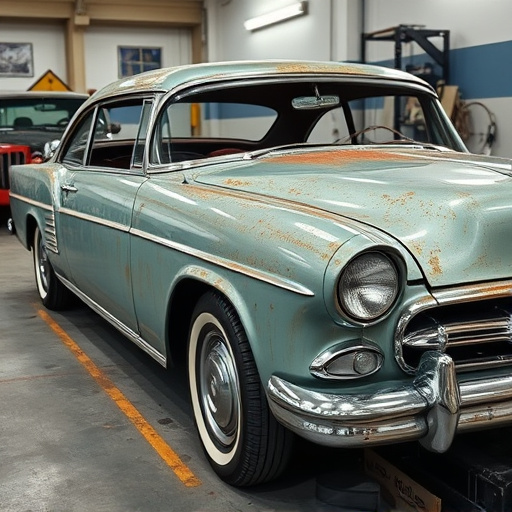
Identifying the extent of damage is crucial when it comes to car frame damage repair. Minor frame damage may include dents, dings, or small cracks in the metal panels, often caused by light bumps or minor fender benders. These can usually be addressed through panel beating and painting, returning the vehicle to its pre-incident condition. However, major frame damage involves more significant structural issues like bent frames, damaged chassis, or misaligned body components—consequences of severe accidents or impactful collisions.
Automotive collision repair centers are equipped with specialized tools and trained technicians to assess these complexities. They employ advanced diagnostic equipment to pinpoint the severity of frame damage, ensuring that every component is safely and correctly aligned before proceeding with repairs. This meticulous process guarantees not only the structural integrity of the vehicle but also facilitates a seamless and safe ride for its occupants—a critical aspect in any car frame damage repair scenario. Additionally, while auto glass replacement might be part of the overall process, focusing on frame damage repairs first ensures that the vehicle’s structural backbone is restored to its optimal condition.
The Repair Process: Restoring Your Vehicle's Structure
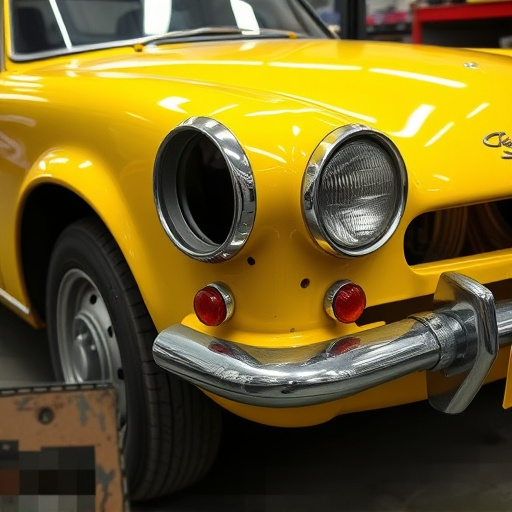
When a vehicle experiences significant impact, whether from a collision or a roll over, the structural integrity of its frame is paramount. Car frame damage repair isn’t just about fixing the visible dents; it’s a meticulous process that restores the car’s safety and stability. This involves several steps, from assessment to replacement parts installation.
Professional mechanics start by evaluating the extent of the frame damage using advanced tools. They identify weak points, misaligned panels, and compromised structural elements. Depending on the severity, this could mean repairing or replacing components like the chassis, suspension, or bumper systems. Bumper repair is a common part of this process, ensuring not only cosmetic improvements but also maintaining proper airbag deployment mechanisms. Paintless dent repair techniques are often employed for minor dings and dents, offering a cost-effective alternative to traditional panel replacement while still achieving flawless finishes.
Car frame damage repair is crucial for ensuring your vehicle’s safety and structural integrity. By understanding common causes, learning to identify minor versus major damage, and familiarizing yourself with the repair process, you can navigate this essential maintenance task effectively. Remember, a well-maintained car frame means a safer ride for you and your passengers.

